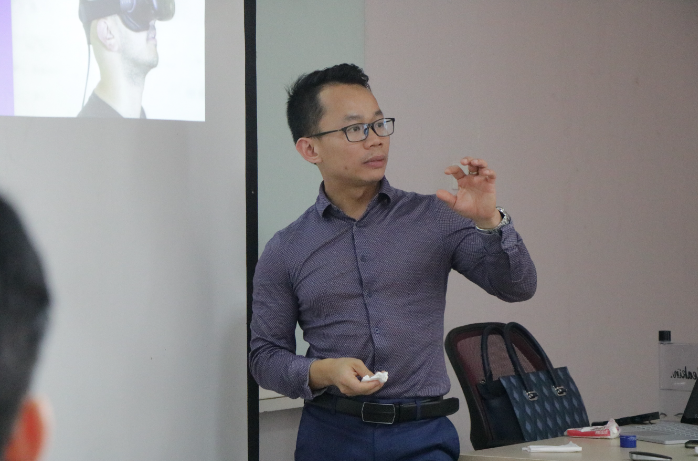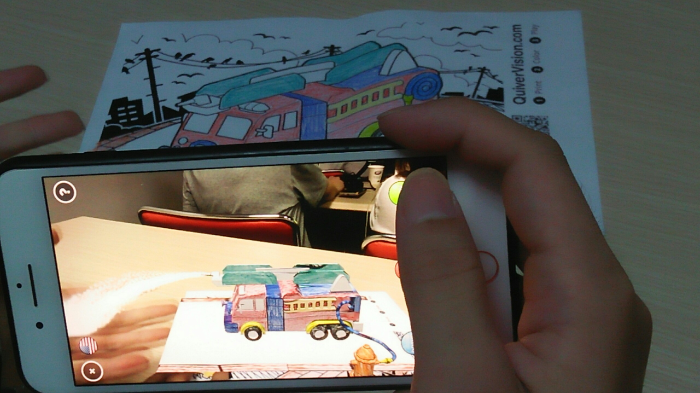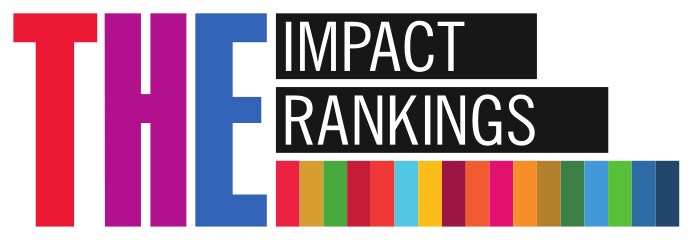A scientific seminar on “Embodiment in virtual reality and application” was held at FPT University Hoa Lac (Hanoi) on November 18. Dr. Hoang Ngoc Thuong, a lecturer in virtual and augmented reality at Deakin University, participated in the program (Australia).
Opening the program with the question: “When do you think virtual reality (VR) appeared?”, Dr. Hoang Ngoc Thuong surprised the audience by stating that the initial concepts that formed the basis of this new technology trend began to take shape at the beginning of the twentieth century. When virtual reality technology “attacked” the game industry in 2016, it created a new wave in society. The Pokemon Go app that briefly sparked a “fever” in Vietnam is the clearest illustration of this. 2016 was dubbed the “year of virtual reality” after a 40% growth in the number of virtual reality businesses worldwide in a short period of time.

Virtual reality (VR) is the topic of everyone’s conversation because its devices are now incredibly accessible and reasonably priced. And when we own it, people will question what we can do with it. That is what inspired the development of VR applications, according to Dr. Thuong.
At Deakin University, VR is employed in many stages of research and teaching. For example, documents that are used to teach about the human body may depict the skeleton’s structure in great detail but fail to depict how muscles and joints move when a person moves. Students can now explore and conduct their own studies while also getting a close-up look at the movements from a variety of perspectives, thanks to the use of virtual reality technology.
Additionally, Dr. Thuong added: “Virtual reality fosters empathy.” He used his own research on extinct species from Deakin University, as an illustration, saying that with virtual reality, people may “better grasp the challenging world of animals, thereby boosting consciousness of society on this particular subject.” Due to this factor, VR is used more frequently in initiatives aimed at eradicating racism, bridging the gap with ethnic minority communities, etc.

According to Dr. Hoang Ngoc Thuong, who has studied the state of virtual reality in Vietnam, the country has the potential to be a hub for the 4.0 technology revolution. The possibility for young Vietnamese people is therefore enormous: “I advise you to take the time to develop your own design ideas. Learning VR is simple because to the abundance of online training. You should learn about the uses of those technologies and how they might be used to produce useful apps. Although necessary, programming is not as crucial as the idea.”

Dr. Hoang Ngoc Thuong is currently a lecturer at Deakin University, Australia. He focuses on research on the design, application, and evaluation of interactive applications applying VR and augmented reality to wearable devices and computing, especially in the field of education, public, exhibition, and medical environments. With an outstanding research record, he has worked with Science Gallery Melbourne, the National Gallery of Victoria, and the Royal Children’s Hospital Melbourne. In addition, he frequently travels back to Vietnam to take part in academic conferences and expose students to virtual and augmented reality.
Source: https://fpt.edu.vn/tin-tuc/35123/tien-si-den-tu-dh-hang-dau-australia-thuc-te-ao-tao-ra-su-cam-thong


